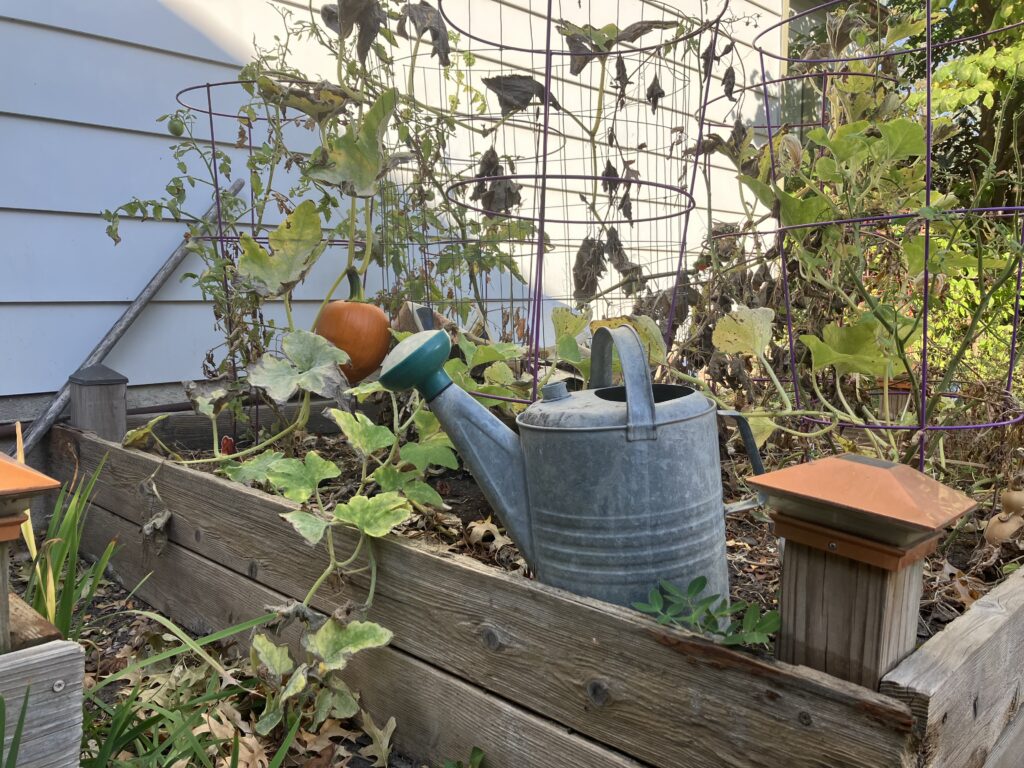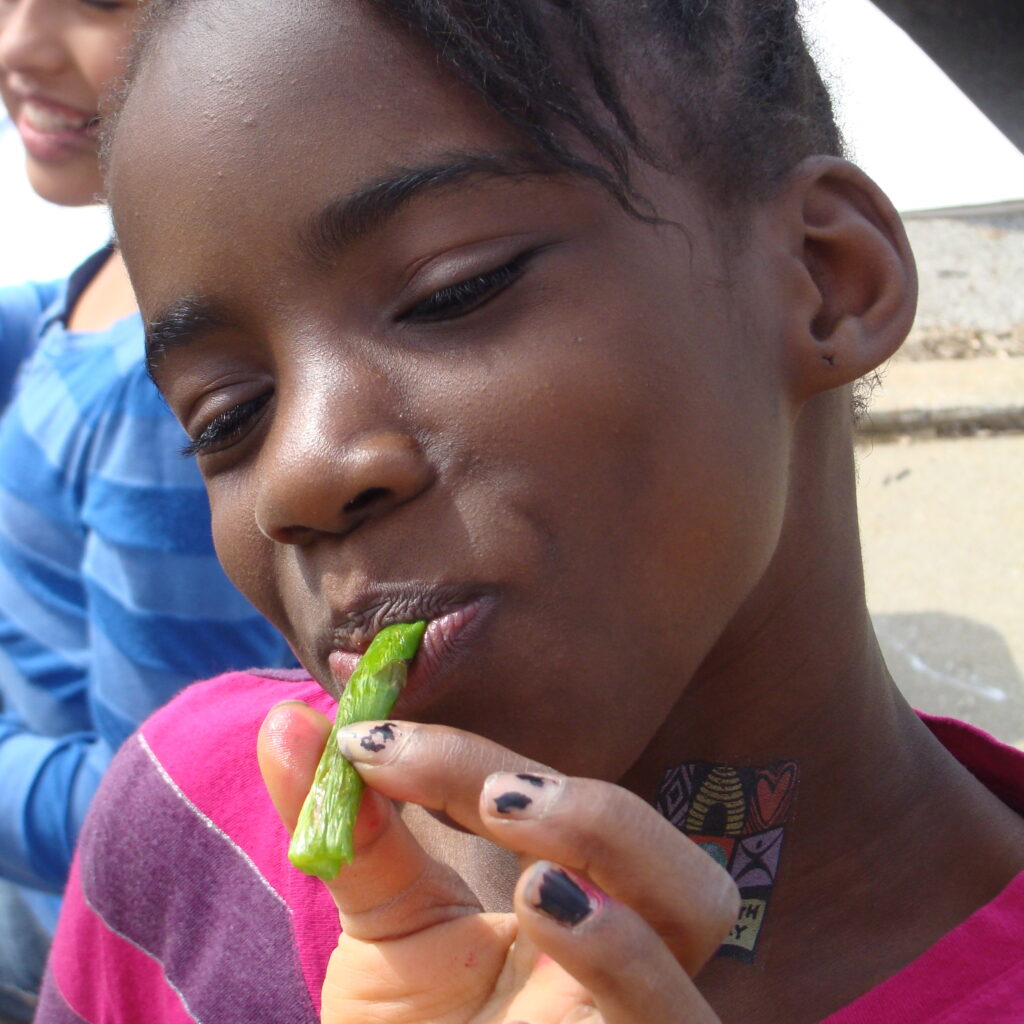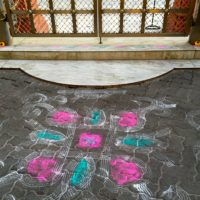Teachers Going Green curriculum is here!

Last month Ashley M and I enjoyed a lunch meeting at the Trellis Cafe at the Des Moines Botanical Garden with Stephanie Harrington, Natural Resources Program Coordinator with ISU Extension, Polk County. Stephanie trains ISU Master Gardeners to work with school gardens. She does lots of other stuff as well.
She’s been looking for the Teachers Going Green curriculum for a couple years. And she’s had requests from teachers. The lessons haven’t been available for several years, but NOW THEY ARE!
And they are even better than they were before. Ashley updated them to a format similar to the lessons Sara developed for Waukee Schools a couple years ago. Those lessons empower teachers to use their extensive school gardens to teach the science curriculum.
Kids can learn science concepts experientially, while they’re getting outdoors, and learning about healthy food.
Since we developed the first Teachers Going Green lessons in 2009, the Iowa Core was changed to become the Iowa Academic Standards. Ashley combed through the standards and existing lessons to make sure they align.
She also reviewed and evaluated the lessons we’re now making available to you, for quality and clarity. We’re proud to say they come up to the standards you’ve come to expect from Next Step Adventure.


Teachers Going Green lessons for Kindergarten through 5th Grade are available for you to download HERE, free of charge. They are organized by the subject their Academic Standards align with–
- 21st Century Skills
- English Language Arts (ELA)
- Math
- Science
- Social Studies
We’re excited to offer this new resource to you for your classrooms and other programs. Please take the opportunity to share it with your colleagues and friends. And let us know how you’re using it, and how it works.








